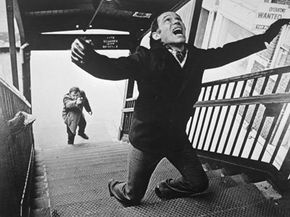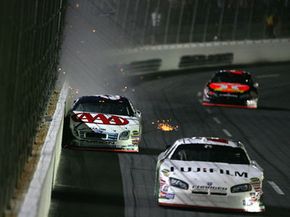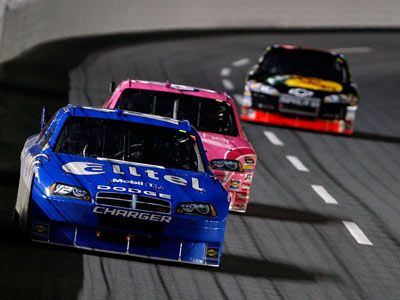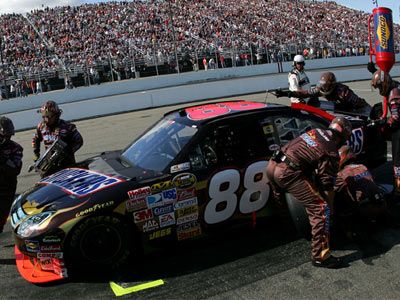If you've got a fever for Detroit muscle and cop flicks, then you must be familiar with the cinematic high speed car chase. Narcotics cop Popeye Doyle chased a subway train carrying heroin dealers in New York during "The French Connection." The Steve McQueen movie "Bullitt" won an Oscar for the editing of the movie's seminal chase through San Francisco. And William Petersen pushed the pedal of a Chevy Impala to the metal driving the wrong way down a Los Angeles freeway during "To Live and Die in L.A."
You're familiar with all those scenes and more; aren't you, tough guy? Of course, you're also well acquainted with the high speed hard turn, where the driver cuts the wheel to take a corner. The rear wheels fishtail out of the turn and the tires jump wildly up and down off the pavement. The sound engineer always adds a screeching effect of rubber skidding across concrete, quickly followed by the sound of a revving engine as the gas is pushed to the floor and the car straightens and peels off.
Advertisement
You've seen that a million times, but have you ever noticed that the car comes to an almost complete stop when it takes that corner at high speed? If the front of the car slides out of the turn, it's called understeering. If it's the rear of the car that slides outward during a turn, it's called oversteering. Either way, the loss of control eats up precious time. This is bad enough when it happens during a high-speed police chase in a movie. It's even worse when it happens when a win is on the line during a NASCAR race. In races, oversteering and understeering are the result of a car being loose or tight. Find out what this means and how it's remedied on the next page.
Advertisement



